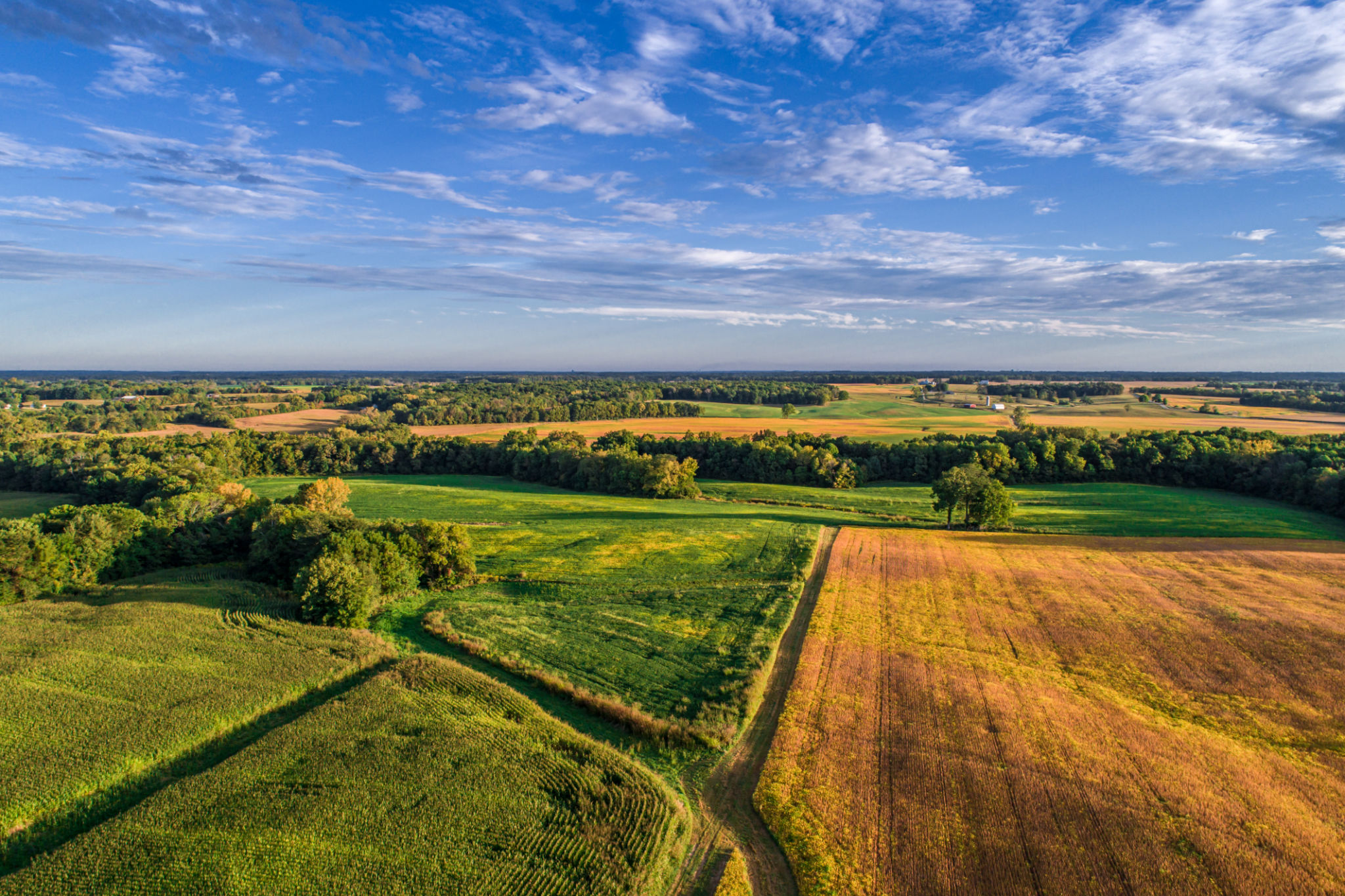Native vs. Non-Native Plants: Which is Better for Ohio's Ecosystem?
Understanding Native and Non-Native Plants
When it comes to landscaping and gardening in Ohio, the choice between native and non-native plants often sparks a lively debate. Native plants are those that have evolved naturally in a region over thousands of years, while non-native plants are introduced species from other parts of the world. Both have their unique benefits and challenges when it comes to contributing to Ohio's ecosystem.
Native plants are often lauded for their ability to thrive in local conditions with minimal intervention. Having adapted to the local climate, soil, and wildlife, they are generally low-maintenance and can withstand Ohio's variable weather patterns. They also provide essential habitats and food sources for local wildlife.

Benefits of Native Plants in Ohio
The advantages of using native plants in Ohio gardens and landscapes are numerous. Firstly, they require less water, fertilizers, and pesticides compared to non-native species, which means lower maintenance and fewer chemical inputs into the ecosystem. This is crucial for preserving Ohio's waterways and reducing pollution.
Moreover, native plants support biodiversity by providing habitats for insects, birds, and other wildlife. They form symbiotic relationships with local fauna, promoting a healthy and balanced ecosystem. This is particularly important in urban areas where natural habitats are limited.

The Appeal of Non-Native Plants
Non-native plants are not without their merits. They often offer a wider variety of colors, shapes, and sizes than native species, which can enhance the aesthetic appeal of gardens and landscapes. Gardeners may also find them appealing for their novelty or ability to provide blooms outside the typical flowering seasons of native plants.
Some non-native species can also adapt well to Ohio's climate and conditions, providing similar benefits to native plants in terms of low maintenance needs and resilience. However, careful selection is crucial to prevent introducing invasive species that can disrupt local ecosystems.

The Impact of Invasive Species
While many non-native plants can coexist peacefully with native species, invasive non-natives pose a significant threat. These aggressive species can outcompete native plants for resources, leading to reduced biodiversity. In Ohio, invasive species like the emerald ash borer have caused significant damage to local ecosystems.
Gardeners and landscapers need to be mindful of the potential impact of introducing non-native species. Choosing plants that are known to be non-invasive or opting for native alternatives can help protect Ohio's natural environment.
Making Informed Choices
When deciding between native and non-native plants for your Ohio garden, consider the specific needs of your landscape and the environmental impact of your choices. Consulting with local gardening experts or extension services can provide valuable insights into which plants will thrive in your area while supporting the local ecosystem.
Ultimately, a balanced approach that incorporates both native and carefully chosen non-native plants can offer the best of both worlds—beautiful landscapes that support biodiversity and require minimal intervention.

